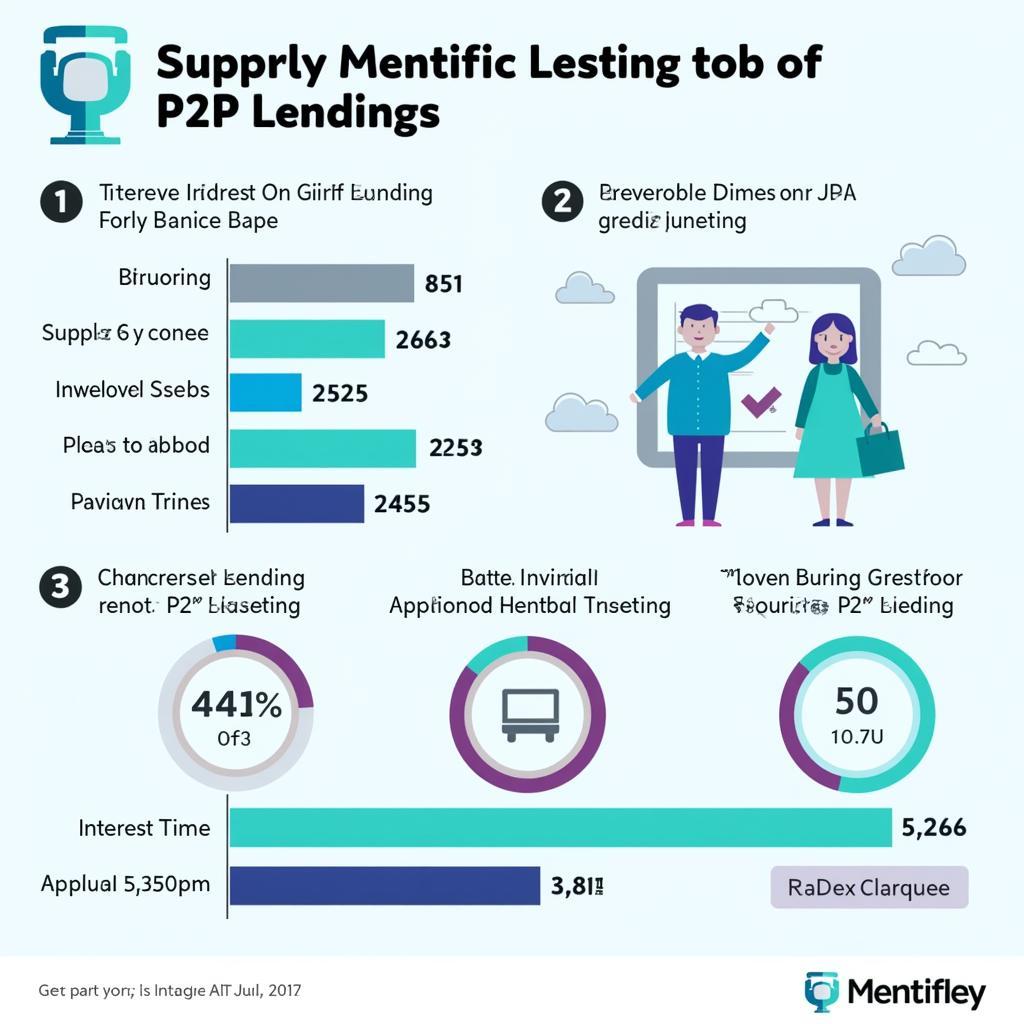Peer-to-peer lending has become an increasingly popular topic in IELTS Writing Task 2 examinations, particularly in questions about financial technology, economic development, and business innovation. Based on analysis of past IELTS exams, this topic has appeared in various forms since 2019, with a notable increase in frequency during 2022-2023. Let’s examine a recent task that highlights this important subject.
Task Analysis
Some people believe that peer-to-peer lending platforms provide more benefits than traditional banks for both lenders and borrowers. To what extent do you agree or disagree with this statement?
This question requires candidates to evaluate the advantages and disadvantages of peer-to-peer lending vs. traditional banks. The task demands a clear position and balanced analysis of both lending systems.
Sample Essay 1 (Band 8.5)
The rise of peer-to-peer lending platforms has revolutionized the financial sector, and while I largely agree that these platforms offer significant advantages over traditional banking systems, some considerations must be examined carefully.
how peer-to-peer lending disrupts traditional credit markets has demonstrated several key benefits. Firstly, these platforms typically offer more competitive interest rates for borrowers while providing higher returns for lenders. This is possible because they eliminate the substantial overhead costs associated with traditional banking infrastructure. Additionally, the approval process is often more streamlined and accessible, particularly benefiting individuals who might face challenges obtaining loans through conventional channels.
Furthermore, how peer-to-peer platforms democratize loans has created unprecedented opportunities. The platforms enable direct connections between lenders and borrowers, fostering a more transparent and personalized lending experience. This democratization of lending has opened up new investment opportunities for small-scale investors who previously had limited options for growing their wealth.
However, these platforms are not without their drawbacks. The lack of government-backed deposit insurance, which traditional banks provide, exposes lenders to higher risks. Moreover, during economic downturns, peer-to-peer loans may face higher default rates compared to traditional bank loans. peer-to-peer lending growth challenges include regulatory uncertainties and cybersecurity concerns that cannot be overlooked.
In conclusion, while peer-to-peer lending platforms offer substantial benefits through increased efficiency and accessibility, they should be viewed as a complement to, rather than a complete replacement for, traditional banking services. The optimal approach would be to leverage the advantages of both systems while being mindful of their respective limitations.

Sample Essay 2 (Band 6.5)
Nowadays, many people prefer using peer-to-peer lending platforms instead of traditional banks. I think these platforms have both advantages and disadvantages for users.
On the positive side, peer-to-peer lending can be good for both lenders and borrowers. The interest rates are usually better than banks, and people can get money faster. Also, the process is easier because everything is done online. Many people who cannot get bank loans can borrow money this way.
However, there are some problems too. It can be risky because there is no guarantee like in banks. Sometimes borrowers don’t pay back the money, and lenders can lose their investment. Also, these platforms might have technical problems or security issues.
I think peer-to-peer lending is useful but not perfect. Traditional banks are still important because they are safer and more reliable. Maybe in the future, both systems can work together to help people with their money needs.
Key Vocabulary
- Peer-to-peer lending (n) /pɪər-tuː-pɪər ˈlendɪŋ/ – Direct lending between individuals through online platforms
- Democratization (n) /dɪˌmɒkrətaɪˈzeɪʃən/ – Making something accessible to everyone
- Overhead costs (n) /ˈəʊvəhed kɒsts/ – Ongoing business expenses
- Streamlined (adj) /ˈstriːmlaɪnd/ – Made more efficient and effective
- Infrastructure (n) /ˈɪnfrəstrʌktʃə/ – Basic physical and organizational structures
- Default rates (n) /dɪˈfɔːlt reɪts/ – Frequency of loan payment failures
- Cybersecurity (n) /ˈsaɪbəsɪˌkjʊərəti/ – Protection of computer systems
In conclusion, this topic remains highly relevant for IELTS candidates. Practice writing essays about financial technology, including emerging payment systems and digital banking solutions, as these themes are likely to appear in future tests. Share your practice essays in the comments section for feedback and improvement suggestions.